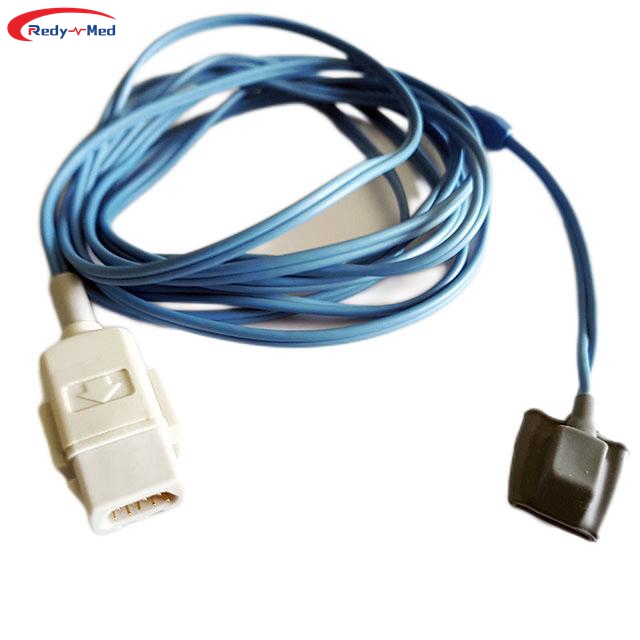
Effect analysis of exercise monitoring and training using disposable blood oxygen sensor
2024-03-21 00:03:27

In recent years, the use of disposable blood oxygen sensors has revolutionized exercise monitoring and training. With their convenience and accuracy, these sensors have significantly enhanced the effectiveness of fitness regimes. This article aims to analyze the effects of exercise monitoring and training using disposable blood oxygen sensors, emphasizing their impact on performance, safety, and individualized training.
The Advantages of Disposable Blood Oxygen Sensors in Exercise Monitoring
Disposable blood oxygen sensors offer numerous advantages in exercise monitoring. Firstly, they provide real-time monitoring of blood oxygen levels, allowing athletes and trainers to evaluate the effectiveness of their sessions. This instant feedback enables them to make informed decisions regarding exercise intensity and duration, leading to optimized performance.
Secondly, these sensors are non-invasive and comfortable to wear, ensuring minimal interference with the natural movement of individuals during exercise. This feature enhances the overall exercise experience and eliminates discomfort that may be caused by traditional monitoring devices.
In addition, disposable blood oxygen sensors are cost-effective compared to their reusable counterparts. Unlike reusable sensors, which require regular maintenance and calibration, disposable sensors can be conveniently replaced after each use, eliminating the need for maintenance costs and ensuring accurate readings every time.
Ensuring Safety during Exercise through Disposable Blood Oxygen Sensors
One crucial aspect of exercise monitoring and training is ensuring safety. Disposable blood oxygen sensors play a vital role in safeguarding individuals' well-being throughout their fitness journey.
By continuously monitoring blood oxygen levels, these sensors can detect warning signs of low oxygen saturation or potential complications due to overexertion. Such early detection enables trainers and athletes to adjust exercise intensity, preventing potential health risks and ensuring a safe workout environment.
Furthermore, disposable blood oxygen sensors can also identify potential anomalies or irregularities in oxygen levels, enabling timely medical intervention when necessary. This proactive approach enhances the overall health management of individuals, allowing them to derive maximum benefits from their exercise routines.
Individualized Training Optimization with Disposable Blood Oxygen Sensors
Individualized training is key to achieving optimal results in fitness programs. Disposable blood oxygen sensors provide valuable insights that help trainers and athletes tailor training regimens to meet specific needs.
By tracking blood oxygen levels during different exercise activities, these sensors can identify the most effective training zones for individuals. This information allows trainers to design personalized workout plans, targeting the desired intensity and duration for maximum performance enhancement.
Moreover, disposable blood oxygen sensors facilitate the estimation of anaerobic threshold and recovery rates. By continuously monitoring oxygen saturation patterns, trainers can precisely determine an individual's anaerobic threshold, helping them push their limits for better results. Additionally, tracking recovery rates allows trainers to optimize rest periods, ensuring sufficient recovery between intense exercise bouts.
Conclusion
In conclusion, disposable blood oxygen sensors have revolutionized exercise monitoring and training, enabling individuals to enhance their performance, ensure safety, and optimize training plans. With their real-time monitoring, non-invasiveness, and cost-effectiveness, these sensors have become indispensable tools in the fitness industry. Incorporating disposable blood oxygen sensors into exercise routines can lead to more rewarding and effective fitness experiences.
Get the latest price? We'll respond as soon as possible(within 12 hours)




